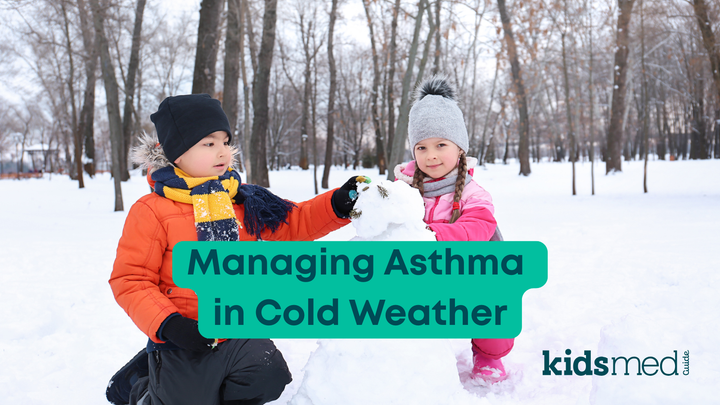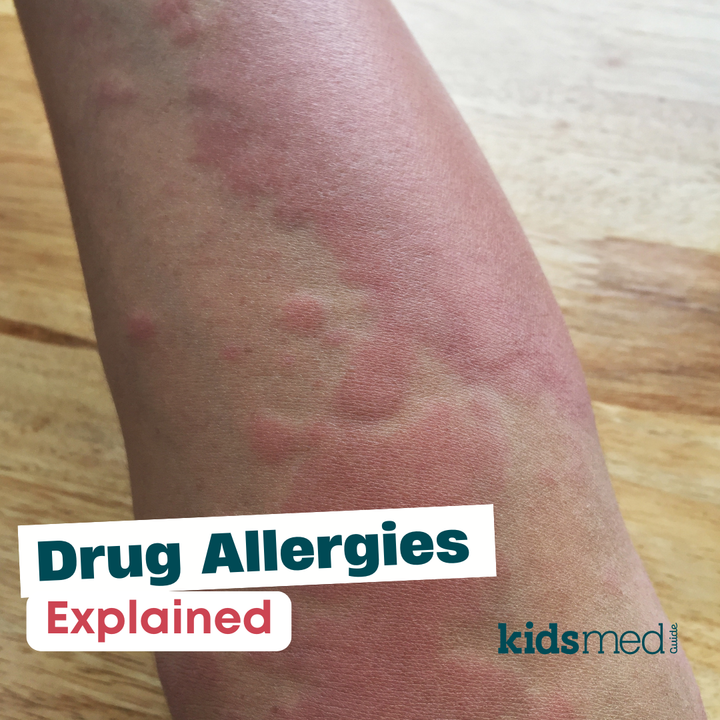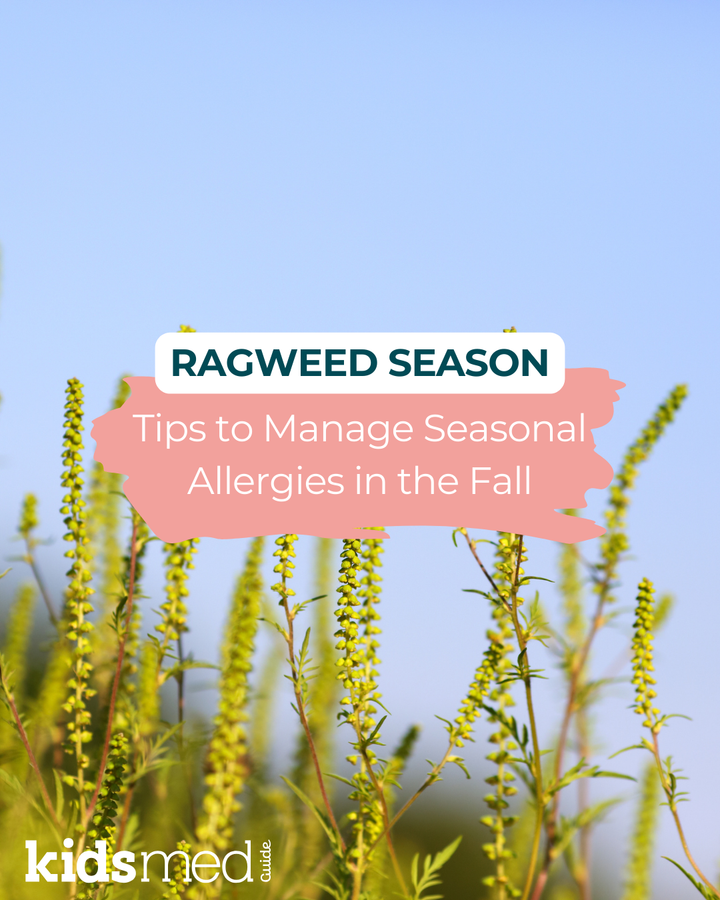The Best Ways to Treat Seasonal Allergies Without Medication

Seasonal and environmental allergies in kids occur when their immune systems overreact to a normal substance in the environment. Pollen in the summer, ragweed in the fall, and dust in the winter are common allergens that can wreak havoc on little noses.
With continual exposure to the offending allergen, children often develop a runny nose and itchy eyes and perhaps make a run for the world record for most sneezes per hour. The sniffly, sneezy condition afflicting tiny humans with seasonal/environmental allergies is allergic rhinitis.
The term seasonal allergies means allergic rhinitis happens seasonally, i.e., every spring when the pollen starts to fly! Environmental allergic rhinitis also occurs due to exposure to something in the environment, but it is associated more with continual allergen exposure, such as dust or mold found in the home.
So, what’s a parent to do?
If your child has been diagnosed with allergic rhinitis, it probably means that the allergic response is already in full force! Experts usually recommend medication to get the allergies under control - read more about that here. If symptoms are severe enough, your child may need to see an allergist and perhaps start some prescription medication or other specialized therapies. However, you can do many non-drug things to help prevent or alleviate symptoms, too!
Avoiding the allergen is your best bet, but it’s not always practical. Still, do your best! If your child is sensitive to pollen, monitor the local air quality reports and consider indoor activities during the few weeks that pollen may be severe.
If your child is like mine and is sensitive to pollen and also turns into a feral cat when trapped inside the house for multiple days in a row, then you know that indoor activities are not always feasible.
Home Allergy Mitigation Strategies
When avoidance is impossible (see feral cat statement above), pivot your game plan to mitigation. Sometimes, the best defense has to be a good offense. The following tips show some proactive steps you can take to minimize allergen exposure.
- Remove shoes and wash hands when children come in from playing outside. Heck, if you have time, throw them right into the tub! And wash up before bed.
- Launder clothes, towels, and sheets frequently, especially pillowcases. (I know—I’m sorry. I do so much laundry that I swear a person lives in this house I don’t know about.)
- Vacuum and sweep often.
- If your budget allows, consider investing in some home air purifiers. These can be pricey, but if possible, they may make a big difference, especially in bedrooms.
- Try to keep the windows closed—again, this isn’t possible for everyone, but if air conditioning and fans are accessible, use them!
- The same goes for the car. Keep the windows shut and use the AC as much as you can.
- Be sure to stay on top of filter maintenance for your air purifiers and air conditioning units - clean or change them per manufacturer recommendations.
- Consider sunglasses for a bit of eye protection when outside.
- Consider masks if your child is very sensitive.
- Nasal irrigations like Neti-pots or saline sprays may help and probably won’t hurt. However, most children hate this, so best of luck if you try!
The tips above are most relevant to those suffering from seasonal allergies but are also practical and helpful for those suffering from chronic environmental allergies.
If your child frequently has allergic rhinitis or has concurrent asthma, eczema, or other related conditions, it’s best to consult your pediatrician or specialist for professional help mitigating and managing the allergies.
In addition to the list above, here are some other things you can do:
- Remove carpets and stick with hardwood or similar floors when possible.
- Vacuum and shampoo carpets that can’t be removed.
- Use HEPA filters in vacuums.
- Remove stuffed animals, fluffy curtains, and any textiles that aren’t necessary or can’t be cleaned regularly. Clean the remaining textiles as often as possible.
- Consider dust-mite covers for bedroom pillows or mattresses.
- Keep pets out of the bedrooms.
- Dust often. I know - yuck.
- Remove plants, flowers, or anything that could promote mold growth inside the house.
- Avoid the use of fireplaces or anything smoky.
- Keep the house dry and cool if possible.
- Use bathroom fans and vents when showering.
- Keep the kitchen tidy and avoid crumbs to avoid insects (good luck if you have small kids…)
- No smoking anywhere in the house or near children.
We should avoid or minimize the use of medications in children whenever possible. So, employing all your best non-drug strategies to combat allergy season is always a good idea.
That being said, typically, once a child starts to suffer from allergic rhinitis, the cat is out of the bag, and some drug treatment may be needed in addition to your non-drug plan of action.
Best of luck, allergy warriors!
Related:
Selecting an Antihistamine for Allergies
Guide to Common Childhood Allergies
The following references were used to compile this information:
Bergmann, K. C., Berger, M., Klimek, L., Pfaar, O., Werchan, B., Werchan, M., & Zuberbier, T. (2021). Nonpharmacological measures to prevent allergic symptoms in pollen allergy: A critical review. Allergologie select, 5, 349–360. https://doi.org/10.5414/ALX02294E
Mayo Clinic. (22 Dec 2022). Allergy-proof your home. https://www.mayclinic.org/diseases-conditions/allergies/in-depth/allergy/art-20049365



